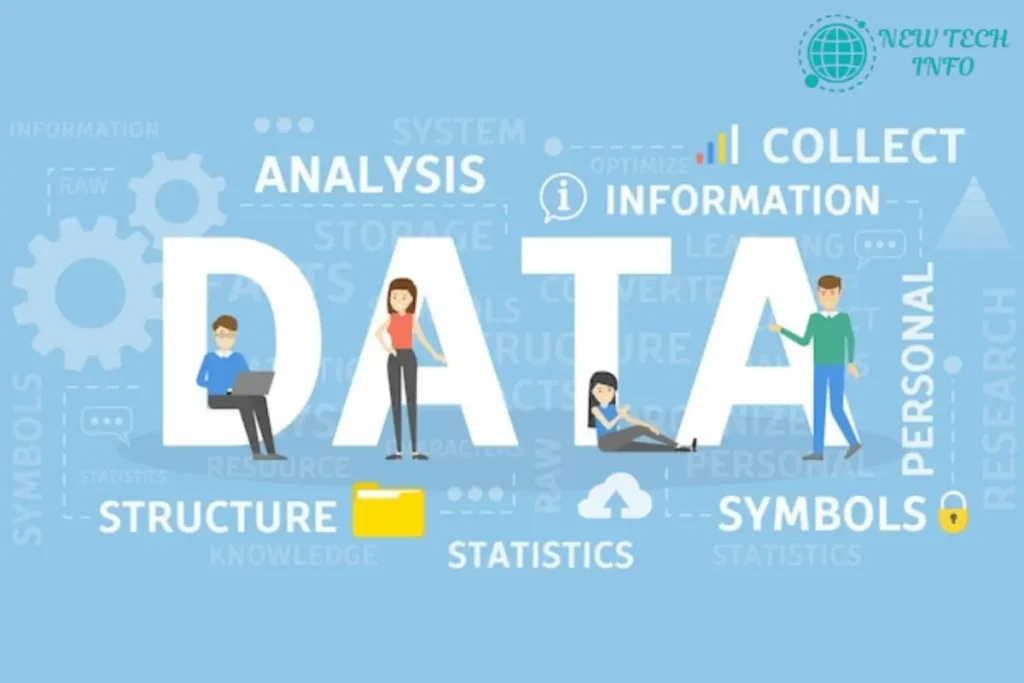Data Architecture vs Data Modeling Two words in the data management, analytics & BI industry that get misused a lot are “data architecture” and “data modeling.” Despite their similarities, these constructs are for different use cases and perform distinct function for the construction and operation of data systems. This is an important differentiation for IT professionals, data scientists and anyone who wants to run an efficient business.
What is Data Architecture?
Data architecture is the top-level design of the data assets and how it will be managed, stored, organized, and integrated, and how it will be processed, or even consumed. It is those policies, standards and frameworks that specify the manner in which data is collected, processed and used in an organization.
It’s as if data architecture were the infrastructure plan for a city. This comprises roads (data pipelines) zoning laws (governance rules), buildings (databases), utilities (integration systems). It makes sure everything is integrated and supports the institution’s long-term interests.
A data architecture is comprised of these components:
- Data sources and destinations
- Storage systems (for example, data lake, warehouse)
- Integration tooling and pipes
- Policies and security postures
- Rules for the processing and streaming of data
This structure is designed by data architects to be scalable, secure, and able to meet the needs of the business.
What is Data Modeling?
Compare this with data modeling, a process maturing a data, with its concepts and associations, inside a domain. It provides a specification of how the data elements are related to one another, often in the form of diagrams / schema.
Data modeling is like the architectural blueprint for each building of the city. It explains the way in which the rooms (data entities) are organized, associated, and applied, and it helps developers and analysts to understand the logical and physical structure of data.
Typically, there are three data model categories :
PHASE 4 Conceptual Data Model – high-level view of business entities and their relationships.
- Conceptual Data Model :– Kind of layout that consists of the data to be stored in the database. If also contains symbols that describe the structure of the data. Logical Data Model – Detailed structure that can include things like attributes, data types, etc.
- THE PHYSICAL DATA MODEL :– Converts the logical model into a set of technical specifications for implementation.
Data modelers collaborate with business analysts and developers to ensure that data is represented accurately and meets business requirements.
Differences between Data Architecture and Data Modeling
| Aspect | Data Architecture | Data Modeling |
| Purpose | Strategic framework for managing data | Detailed design of data relationships |
| Scope | Enterprise-wide | Project-specific or domain-specific |
| Focus | Infrastructure, storage, policies | Entities, attributes, and relationships |
| Output | Blueprints, standards, infrastructure plans | Entity Relationship Diagrams, schemas |
| Stakeholders | Data architects, IT leaders | Data modelers, analysts, developers |
Data architecture is the bedrock, and data modeling enables applications and analysis to be seamless and useful.

Why the Distinction is Important
Misunderstanding the roles of data architecture and data modeling can result in inefficiency, duplicated systems and data silos. Organizations need both to:
- Guarantee the consistency and quality of the data
- Provide interoperability and smooth data flow
- For compliance and governance support
- Drive decisions with data
In other words, data architecture and data modeling work hand in hand—you cannot operate an efficient data ecosystem without both.
Frequently Asked Questions
Q1: Is it possible for an entity to succeed without either the data architecture or data modeling?
A: No Data architecture is the strategic design, while data modeling is the tactical design. Both are necessary components of the correct data management strategy.
Q2: Whom should be responsible for data design and architecture?
A: Architects tend to deal with architecture, modelers or analysts typically handle modeling. In small groups, roles are likely to develop out of these activities.
Q3. Is data model a subset of data architecture?
A: Yes, data modeling is a subset of, or a part of, the greater practice of managing data, known as data architecture.
Q4: Is there a toolkit for data architecture and one for modeling?
A: Yes. Architects can use tools like TOGAF or ArchiMate, modelers- ER/Studio, Lucidchart, ERwin etc.
Final Thoughts
Data architecture vs data modeling: Understanding the data architecture data modeling distinction can be a huge advantage in building reliable data systems that scale well. Whether you’re architecting enterprise data frameworks or finely tuned data schemas, understanding how everything fits together is key to long-term data success.





